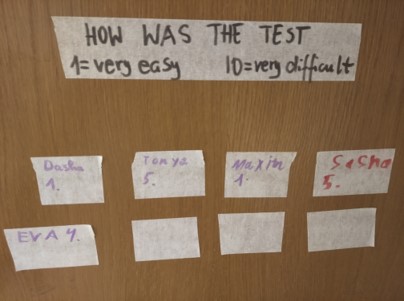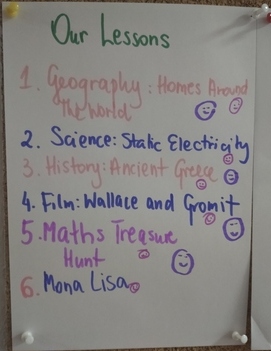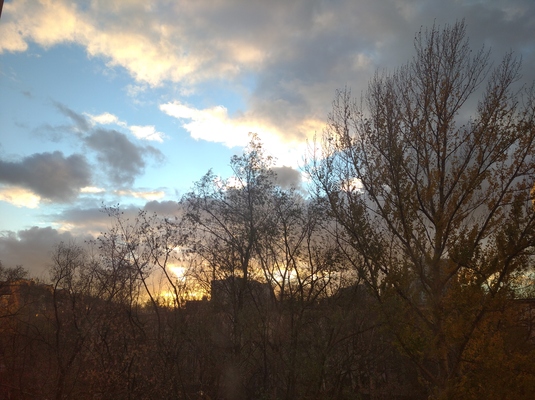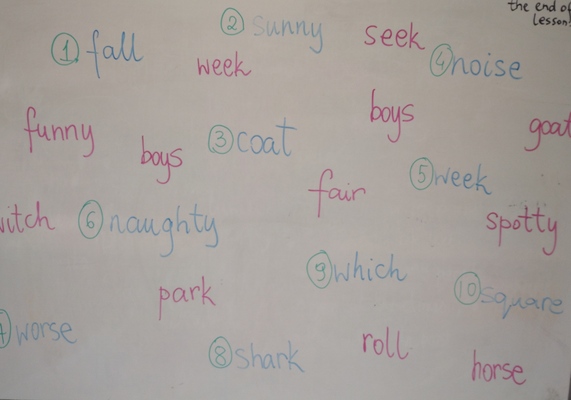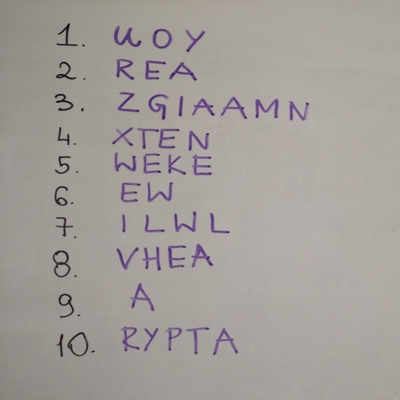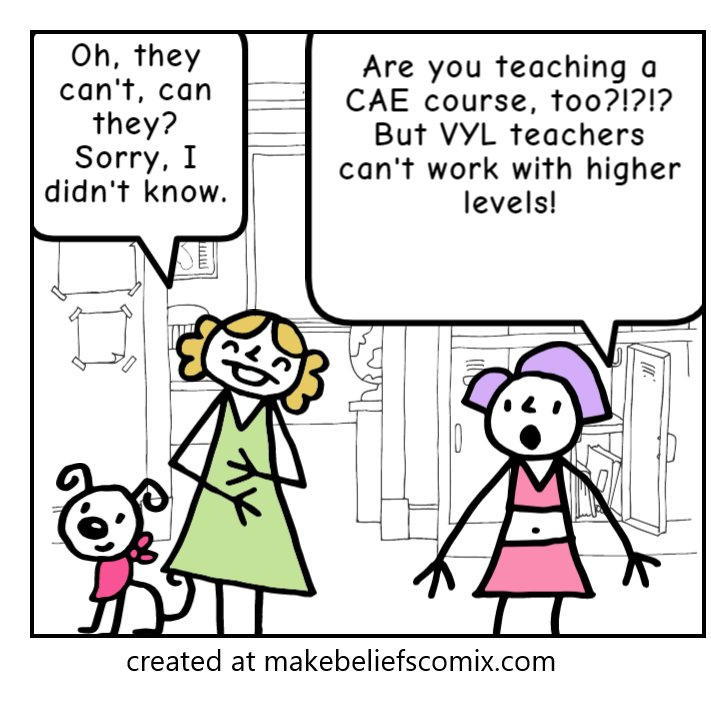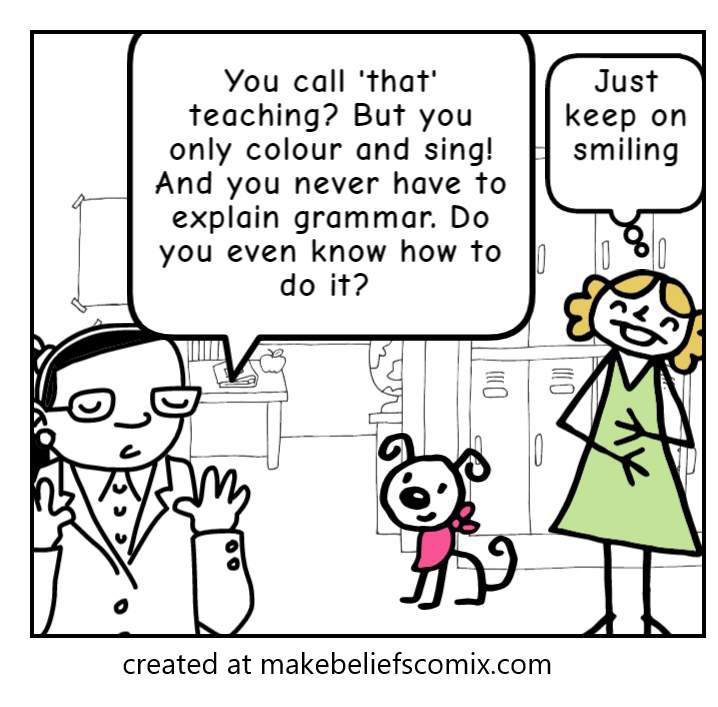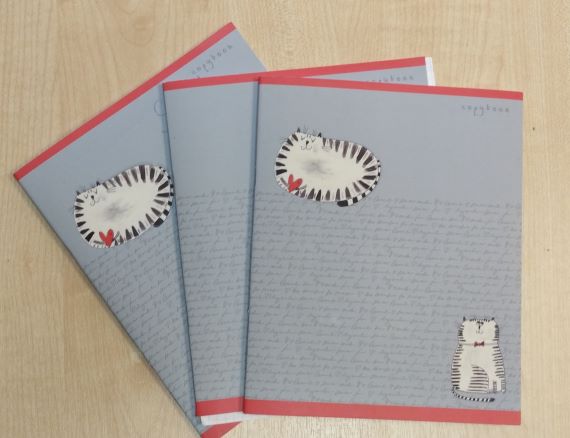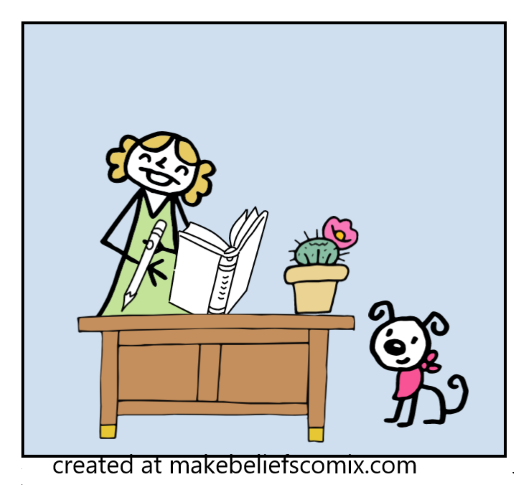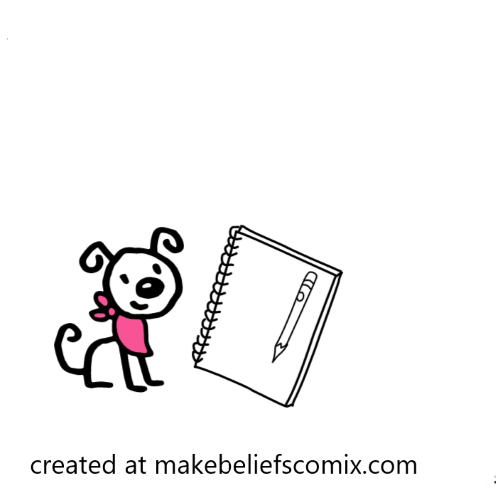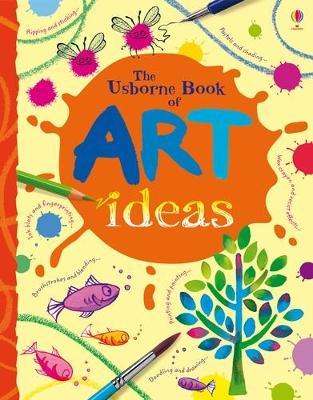
An introduction to an introduction
Teaching English through has been something that I have been playing with for quite some time now and it started in the most selfish of ways, namely, I simply wanted to bring my favourite things to class. You know, have these beautiful Georgia O’Keeffee’s skyscrapers hanging by the whiteboard or practising prepositions of place not with the description of the classroom but of everyone and everything in one of the Chagall’s villages. My favourite things, nothing else.
I wanted and I did. Only once I started (and once I started to read about it, to research it, to experiment with the younger and the older, and to read even more and to reflect), I realised that there is a lot more to it, for me and for my students.

Somehow, once you start, it is difficult to stop because new ideas and new projects emerge and there is a lot to write about. This is not my first blog post about combining Art and EFL so if you interested, please have a look here (How to see a city through Art), here (How to hear Stravinsky, although the format can be adapted to any piece of music) and here (How to read storybook illustrations, a lesson not for kids) or here (if you are interested in using realistic and not realistic visuals with children).
With this post, I have decided to take a more organised approach to teaching English through Art, going a little back to the basics, to tell you why you might even want to think about it.
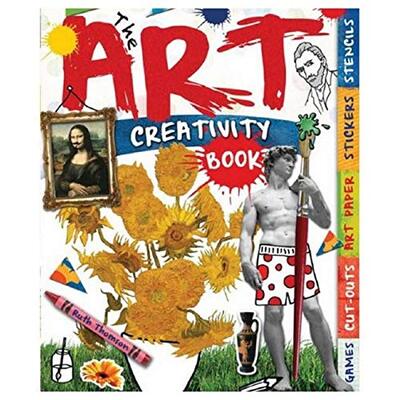
A bit about me and my background
My name is Anka, I am a teacher of English as a foreign language but I am also interested in Art. My first degree is in History and as a part of that adventure many years ago I did have a privilege in taking two terms of History of Art with one of the most amazing teachers ever but I still consider myself only ‘a human interested in the visual arts’, not a professional.
First and foremost I am a teacher of a foreign language and the main aim is always teaching them vocabulary and grammar, the four language skills development and, sometimes, exam preparation. However, I do believe, that there is always room for a bit of Art, here and there, smuggled, hidden and used to develop the language skills.
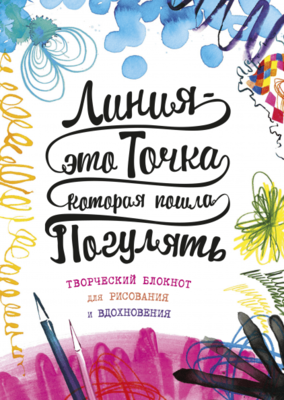
At the moment, I am taking part in three different projects which, to some extent, involve Art Etc.
- my regular classes at BKC IH Moscow, classes which have a clear focus, a curriculum, a coursebook in which I use Art Etc to supplement what we do, for variation
- my Art Explorers lessons, a bonus, free-of-charge once a month class for the students of our branch, a project that we are launching only this month
- Kids in the Avant-Garde, a cooperation between BKC IH Moscow, Fun Art Kids and the Multimedia Art Museum in Moscow, which gives the kids a chance to express themselves creatively in a variety of ways.
In the long-run, I would like to share here some ideas and activities which we used in all of these projects, but before we get there, here are some of the reasons why including Art in the EFL lessons is a good idea. Let’s go.
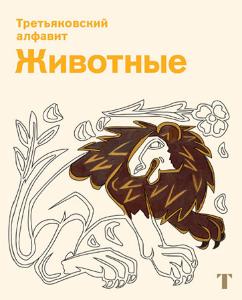
Teaching English Through Art: all the reasons why you should at least consider it (in a rather random order)
- Paintings used in regular EFL lessons as flashcards to introduce or to practise the language are a wonderful tool and a source of variety, to compliment the drawings, cartoons, illustrations and photographs. They will be especially appropriate while teaching animals, clothes, transport, activities, food, the city or the natural world.
- Using painting also means exposing children to different styles in Art will help develop their visual literacy skills, even without any special lessons on the theory or the artists’ biographies.
- Teaching English through Art with younger children, preschoolers or primary, usually involves some creative activity. This gives the children an opportunity to interact and to experiment with a variety of artistic materials such as paints, watercolours, crayons, fingerpaints and techqniues, for example collage, prints, scratch art and so on.
- Kids, of the age, are learning to make decisions, choosing their own composition, lines and colours, not only attempting to become a five or a fourteen-year-old Walhor, Mashkov, Goncharova or Rousseau but personalising it and owning it every step of the way.
- Since this creative activity is only an add-on in the regular English classes, it might help children discover a talent and interest in the artistic world, something that might not become obvious otherwise.
- Just like any content-and-language-integrated lessons (CLIL), also the Art lessons give the students an opportunity to use the language to access other subjects and areas of knowledge and, especially in the case of the older learners, to see the real purpose of learning a foreign language
- Interacting with the world art can be a springboard to discussions which generally generate a lot of language for the students, in relation with their level of English. Since ‘all ideas are good ideas’ (one of the mottos of our classes) and since all interpretations are welcome, students feel free to express themselves and to share what they think.
- Art lessons especially lend themselves to learning and practising the language of expressing and asking for opinion, agreeing and disagreeing, talking about associations, possibilities and hypothesis.
- Somehow (and this bit is really beyond me) during the Art lessons students, juniors and teens alike, are more likely to use the beautiful English. All of a sudden they realise that there are other adjectives than ‘beautiful’, ‘nice’ or ‘interesting’ and so the language they produce is of a much higher quality than what they normally during the conversations about the everyday topics.
- Art can supplement lessons on practically any topic and they will help to ensure that the curriculum and the programme is diverse and engaging.
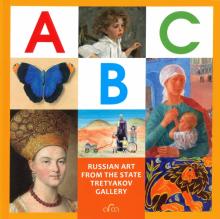
All of these are simply my reflections based on what I have observed in class. The real research will follow.
If you are interested you can continue reading here:
7 Amazing Benefits of Art for Kids That You Might Not Know Of from the artfulparent.com
Art Techniques For Children nurturestore.co.uk
Teaching English Through Art from Jorge Sette
Art in the classroom, blog from the British Council
English Through Art by Peter Grundy, Hania Bociek, Kevin Parker
Bonus titles: lots and lots of resource books – in the photos accompanying this post.
There is more to come!
Happy Teaching!
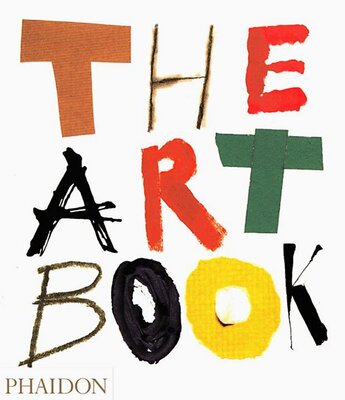
P.S. A request!
It is very simple.
I would like to know a tiny little bit more about my readers. There are so many of you, popping in here, again and again, and the numbers of visitors and visits are going up and make my heart sweel with joy. But I realised I don’t know anything about my readers and I would love to know, a tiny little bit more.
Hence the survey.



